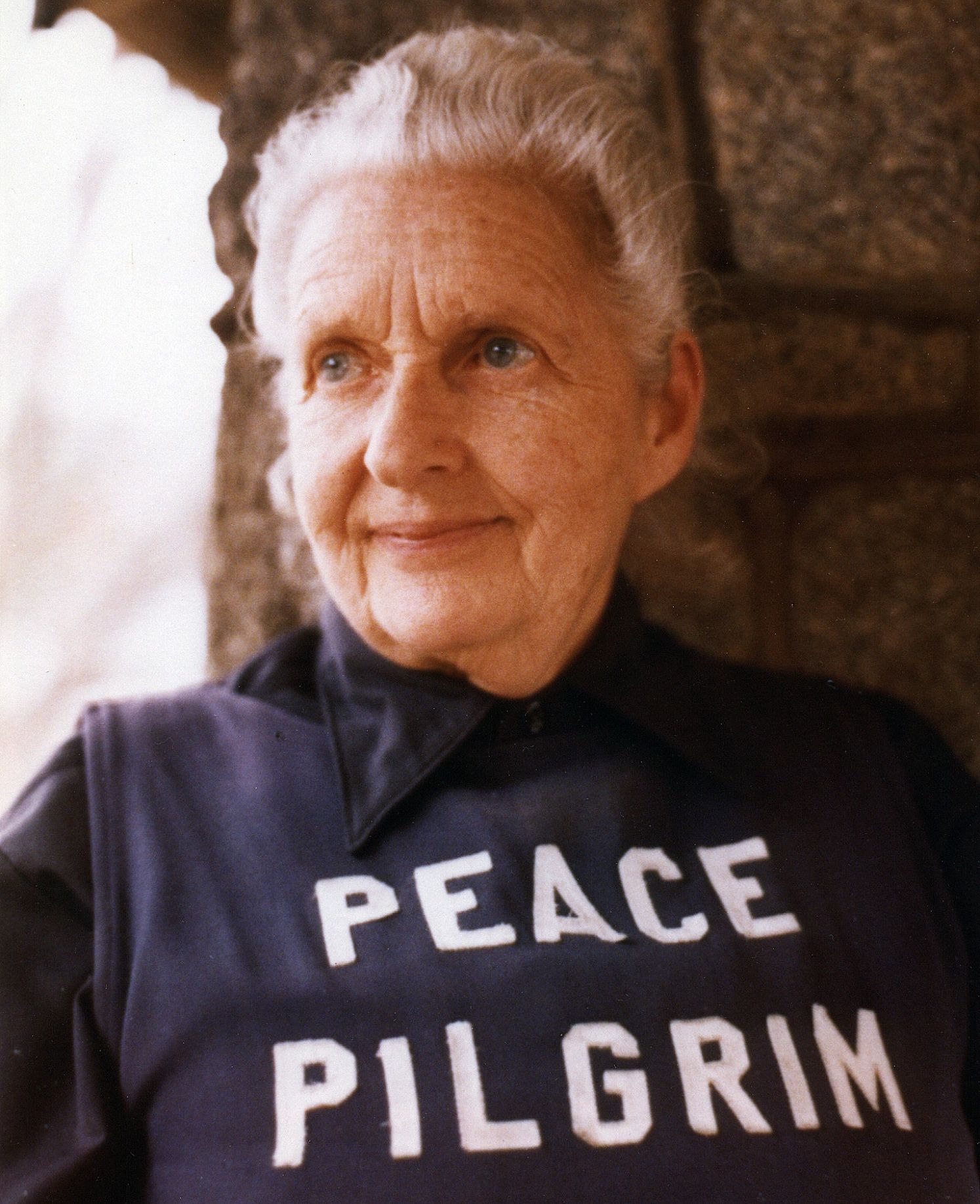AARP Hearing Center
In 1921, forester Benton MacKaye had a vision: to build and connect existing trails, creating a footpath that would traverse the extent of the Appalachian Mountains. March 1925 is considered the official birth of the Appalachian Trail, with the founding of what is now called the Appalachian Trail Conservancy (ATC). This made MacKaye’s dream into a 2,200-mile reality while protecting it for future generations. The Appalachian Trail now attracts close to 4 million visitors annually. Here’s a look at a century of natural bliss:
It’s gone through changes.
The Appalachian Trail was initially completed in 1937, but the current route is different from the original. The southern terminus is now about a dozen miles northeast of its original location on Mount Oglethorpe, Georgia. And many famous sections, including the Grayson Highlands in Virginia and Saddleback Mountain in Maine, were not part of the original route.
And more changes.
Though it now stretches from Springer Mountain, Georgia, to Mount Katahdin, Maine, smaller sections of the trail are regularly being rebuilt, rerouted and improved. That means the exact length between the southern and northern terminus can be slightly longer one year or slightly shorter the next. In 2023, the trail measured 2,198.4 miles; in 2024, it was 2,197.4 miles.
Thru-hiking took some time.
The first hiker to complete an end-to-end hike was Earl Shaffer, in 1948. It took him 124 days. “Peace Pilgrim” Mildred Norman Ryder became the first woman to pull off the feat, in 1952. Emma Gatewood, a 67-year-old grandmother, became the first woman to solo-hike it, in 1955.


But thru-hiking is getting more popular. In 1970, 10 people completed the entire Appalachian Trail, with an additional 783 making the claim by the end of the decade. In the 1980s, 1,438 people became “2,000-milers,” ticking off the whole thing. Between 2010 and 2019, 9,946 people did it.
The oldest person to complete the trail was 83.
Veteran thru-hiker M.J. Eberhart, known on the trail as the “Nimblewill Nomad,” set the age record in 2021.The youngest recorded person to complete the trail is 4-year-old Juniper Netteburg (trail name “Beast”) who hiked it in 2020 with her family.


It’s steep.
The Appalachians might not be tall for mountains, but they are rugged. All the ups and downs over the length of the trail add up to roughly 464,500 vertical feet. That’s about the equivalent of climbing the stairs of the Empire State Building 370 times or hiking Mount Everest 40 times from Base Camp.





































































